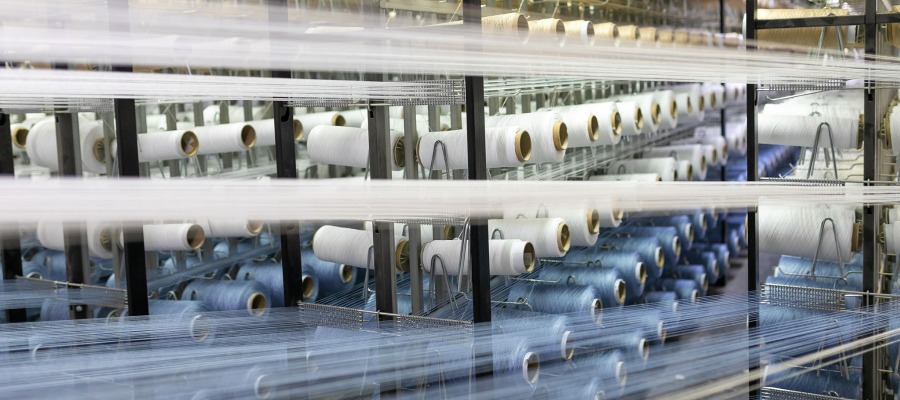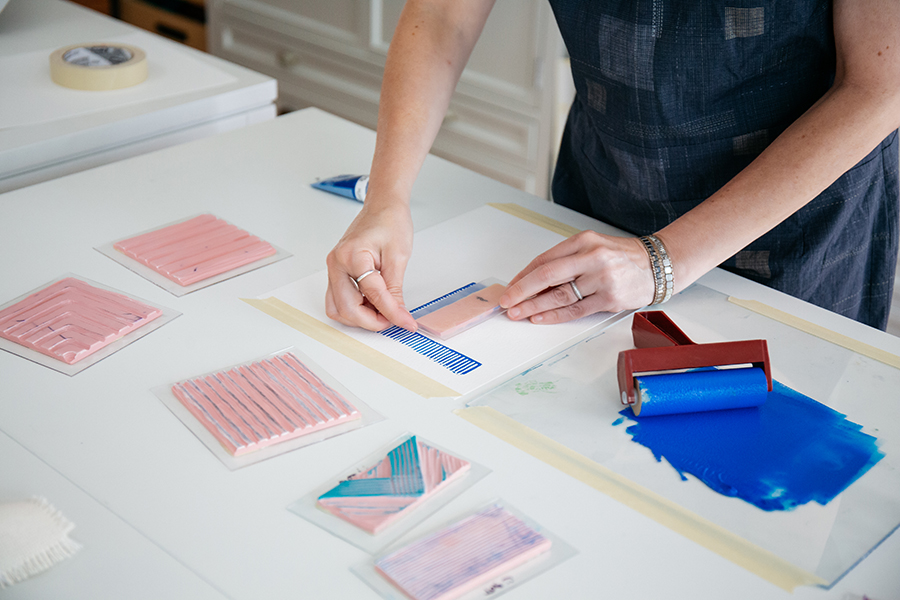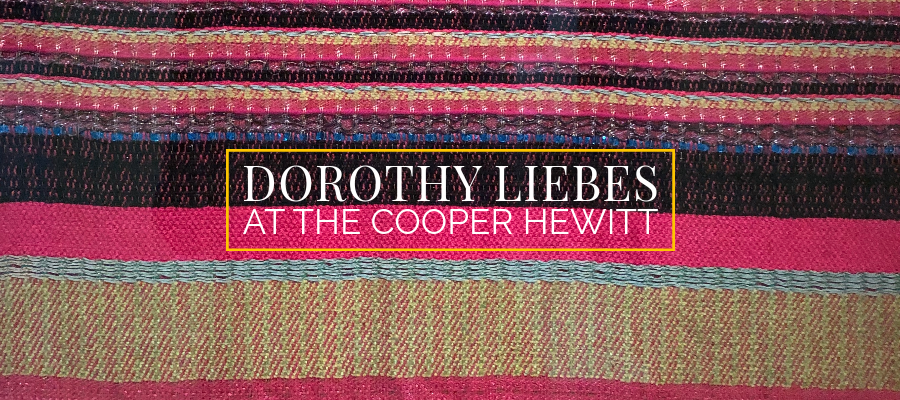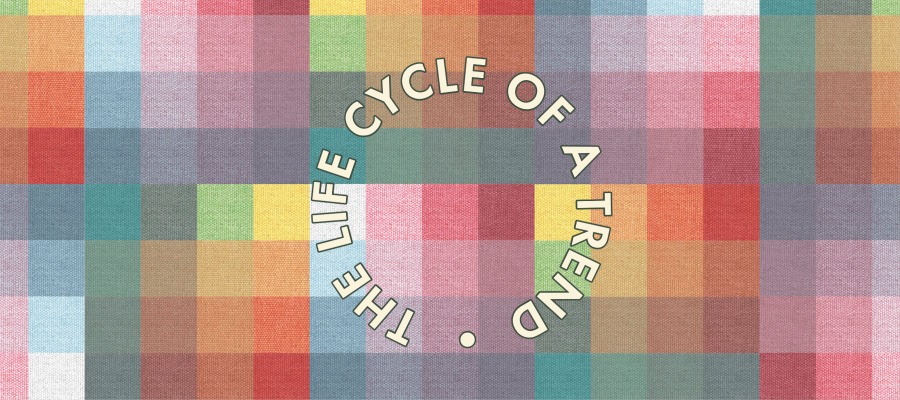
Textile Designers & What They Know
Textile design is a complex, fascinating, and ancient field of study. Every human on this planet is intimately involved with textiles, yet very few people consider textiles much at all. For thousands of years, all over the world, textiles protected us, comforted us, and gave us a way to communicate information about ourselves with the world. Textiles influenced our current banking system and were integral in putting humans into space. So, who are textile designers, and what information are they skilled in?
The people at the center of textile production are the textile designers and manufacturers with the knowledge of materials and structure necessary to make cloth on a small scale or a massive scale. And, equally as necessary, to make it beautiful and something we want in our lives.
The field of textile design is generally broken down into three different specializations.
Knit Designer
Knit designers specialize in fabrics that have been knitted. Knits are created by looping one yarn system to create a flexible and stretchy fabric.
Woven Designer
Woven designers specialize in fabrics that are woven. Weaving involves creating a textile with two yarn systems and interlacing those yarns at right angles. One system of yarn, the warp, is held under tension on a loom. The other system, the weft, is added perpendicularly to the warp by a weaver. Woven fabrics tend to be more stable and less stretchy.
Surface Designer
Surface designers are sometimes referred to as print designers or pattern designers. These designers aren’t building the actual structure of the cloth (through knitting or weaving) but instead are creating designs on the fabric’s surface. They can do this in different ways, such as printing, dyeing, or stitching.

No matter the focus, all textile designers have specialized knowledge in common.
Fiber
All textiles use fiber, and whether a designer works with a natural or synthetic fiber, they need to know its specific properties. Just as an architect decides if she should build her building out of wood, concrete, or steel, depending on the need, the first step in creating a textile is deciding which fiber is suitable for the job.
Yarn
Except for some felted materials, most textiles people use in garments or interiors are made with yarn. Manufacturers produce yarn by spinning together individual fibers to create something easy to manipulate. The properties of the yarn will determine the properties of the fabric. Yarn can be twisted loosely or tightly. It can be very fine or very chunky. It can have a lot of air, making it loftier, or be very tight. A yarn’s characteristics will impact the final fabric.
Structure
This is where the magic happens. This is the stage where fiber becomes cloth. Most people think of fabric as something flat. Yet, it is anything but flat. It is a three-dimensional structure. Just like a brick house is built brick by brick, fabric is made yarn by yarn. Fabric structure is fascinating and extensive. Take knitting, for example. Any handknitter will tell you that once you grasp the two basic stitches, a knit and a purl, you can combine those stitches endlessly into a wide range of structures with different properties. One structure will yield something that rolls, like a roll-neck sweater. Another will create a rib, so the sleeves on your sweater are nice and snug. Increasing or decreasing stitches will create a shape such as a sweater.
Weaving is the same. This technology of warp and weft can be as basic as the simple over one thread, under the next that we all used to make a potholder. More complex structures can form an intricately patterned jacquard fabric. Different constructions have different characteristics. Using the appropriate structure will create a fabric with the qualities desired such as drape or durability.
Finishing
Textile designers are not done when the fabric comes off the loom or knitting machine. Most material goes through some type of finishing after it’s been made. Sometimes that is just washing it. Other times it is adding a coating or treatment to make it flame retardant or stain resistant. The fabric’s end use will determine what type of finishing treatment is required.
Deciding how to work with the fiber, yarn, structure and finishing involves complex decision-making. Textile designers work with textile engineers and technologists at different stages of production to help create the best-suited textile for its purpose.
Focusing on textiles always sparks contemplation.
As we become less connected with our cloth, what are we losing? The next time you find yourself sitting on a couch, putting on a sweater, or wrapping a baby in a blanket, pause to touch that textile and think about it. How was it made, where, and by whom? What does it feel like in a tactile sense? But, also, what are you feeling in an emotional sense?
Interested in learning more about textiles? Here are some books we think you’ll love. Do you have a favorite? Please let us know in the comments!
The Golden Thread: How Fabric Changed History, by Kassia St. Clair
The Fabric of Civilization: How Textiles Made the World, by Virginia Postrel
Craft: An American History, by Glenn Adamson
Share this post
Author
DESIGN/COLOR TRENDS AND AWESOME INFORMATION IN YOUR INBOX
Sign up for our monthly trend letter







